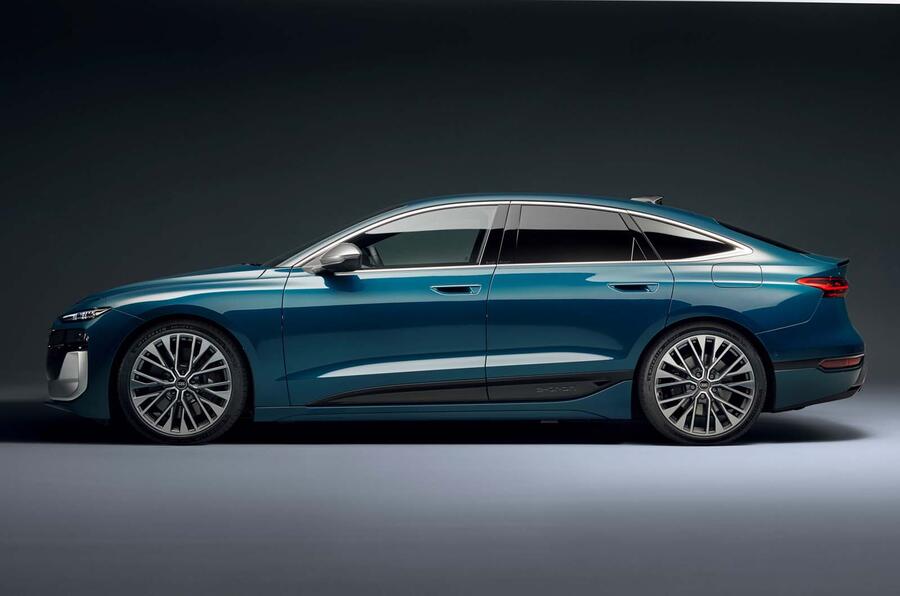Aerodynamics is one of those unseen things that most of us never give much thought to day to day, but it plays a big role in how much energy is needed to push a car along.
Drag increases with the square of the velocity or, in plain English, as the speed doubles, the drag quadruples. So when a car’s speed increases from, say, 40mph to 80mph, drag doesn’t double: it increases by four times, with the inevitable effect on fuel or electricity consumption.
Reducing the drag on a car as it moves through the air isn’t as simple as making it ‘more slippery’. For that reason, designers and aerodynamics engineers work together to reach a compromise between aesthetics and efficiency.
In the long history of chasing aerodynamic excellence on road and track, it was Audi that really caused a major shift in the aerodynamics of production cars. In 1983, the Audi 100 had the lowest coefficient of drag (Cd) of any production car to that date of 0.30.
Now, the German manufacturer has done it again with the A6 Sportback E-tron, which at Cd 0.21 is billed as the most aerodynamic Audi yet.
How was it done? After the designers had shared their initial ideas, the aerodynamics team ran approximately 1300 simulations and then spent hours testing physical models in the wind tunnel, where contradictions between small details could be ironed out.
For example, in the original design, the outside edge of the intake for the air curtain – designed to improve the passage of air around the front of the car – protruded a little more than was desirable, so a slight adjustment was made to prevent it impeding airflow.

The detail of the ‘switchblade’ cool air intake below the front grille was also tweaked to yield a couple more decimal points of improvement and breakaway edges on the surface were carefully designed to encourage the airflow to separate and reduce low pressure in certain areas.
Fine-tuning the all-important smooth undertray gained a further advantage and, vitally, the design of the wheels produced more improvements.
The rims needed to be flat to form a kind of wall that the airflow can move smoothly across, rather than a collection of geometric shapes, but the design still needed to be aesthetically sharp. A 21in wheel with aero blades made from plastic created the desired effect and there are 19in and 20in aero wheels as well.
The unseen underside is one of the most important areas, so cars have undertrays shielding the messy mechanics. The engine undershield of the A6 E-tron was finessed by adding a large radius on the air outlet and the sills and rear axle are mostly covered to create smooth surfaces.
The basic shape of the car, rear height, rear contours and the underfloor design affect not only the car’s Cd value, says Audi, but also the lift generated. So the team fine-tuned the underfloor until they achieved the perfect blend between the two to finally achieve the record-breaking aerodynamic shape.




Join the debate
Add your comment
I can't remember when the first Audi100 came out, but, it boasted a Cd of 0.26 I think, so the current 0.23 isn't that bid a shift, just the price to get into an Audi, like all the rest, has gone up significantly.
Audi 100 Cd of 0.26, suggest you reread paragragh 4 again, or maybe for the first time.
Yes I did actually, I may have had a halse recollection that Audi put the Cd etched into the rear glass as 0.26?, guess I was wrong, cheers!